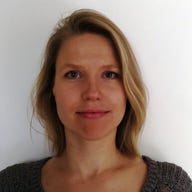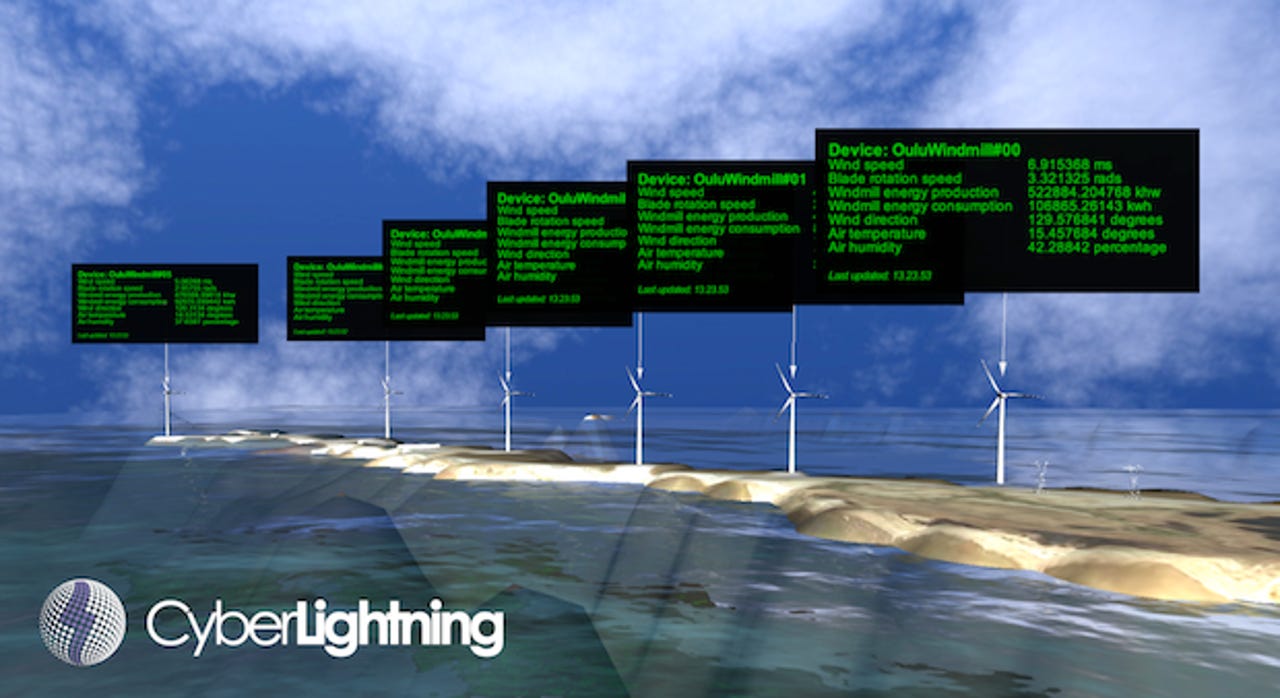'A glance shows when something's wrong': The IoT startup using 3D interfaces to control smart cities


The Internet of Things is as hyped as it gets right now, but it's a market predicted to be worth $7.1tr by 2020 and Finnish 'industrial internet' start-up CyberLightning wants a significant portion of it.
Many Internet of Things (IoT) businesses target small companies and consumers with everything from smart home technology to wearable devices, but CyberLightning is going for the source. The company, founded in 2010, is freshly backed by $4.2m in funding and its CyberVille software is aimed at infrastructure companies, helping them collect, manage, and analyse their data more easily through 3D modelling.
Read this
For now Ville Mickelsson, CEO of CyberLightning, says the company's main target is utility companies.
"Utility companies' control rooms are filled with dozens of displays," he says. "There are multiple systems from different technology vendors offering mainly numerical data and 2D graphs. These systems may be connected to each other in some level but it is difficult to see the big picture."
That's where CyberVille steps in. The company gives the example of a wind farm near its hometown of Oulu in Northern Finland. Rather than present just raw data and graphs, CyberVille visualises that information in a 3D model of the wind farm. The visualisation not only shows the operation of individual wind turbines, but also how their fan blades are rotating, with the data tied to its physical operation.
Consequently, you don't need to be a specialist to notice when the blades are rotating at different speeds and if a fault is detected the 3D interface can be used to either stop the wind turbine or adjust its operation.
"The data can be combined with historical data and data from open APIs, like weather info. This allows creation of different analytics or forecasts based on the data and to present it in these 3D spaces," Mickelsson says.
The whole 3D interface can be accessed through a browser from any device, including smartphones and tablets. In theory, a single engineer could manage the whole wind farm remotely through their mobile phone.
Open building blocks
CyberVille is built on open source technologies and standards — unsurprisingly so, given CyberLightning has been in charge of defining architecture and developing components for the integration of real and virtual worlds in the European Union's FI-WARE project which creates open, royalty-free specifications for developers.
As a result CyberVille software is compatible with the 3D interface and UI navigation being implemented in FI-WARE.
"CyberVille is a commercial setup that fully implements the APIs defined in FI-WARE, although they were two different development tracks inside our company," Mickelsson says.
But CyberLightning's party trick is its world building. In creating its 3D visualisations, CyberVille collects data from existing sensors and after analysing and re-organising it, combines the data with a 3D model of the real world area being monitored. For ease of use, 3D models are mostly auto-generated with the CyberVille toolset.
"For example in 3D maps the 3D elevation, image mapping to the surface and environmental simulation (such as water) are automatically generated based on the information pulled from open map datasets, such as the Finnish Geographical Institute's open data," says Jarkko Vatjus-Anttila, CTO at CyberLightning.
Bespoke 3D modelling can be created if requested, and CAD models can also be used to add customer-specific content into the visualisation.
The CyberVille platform has been piloted with energy and infrastructure companies both in Finland and China. Spurred by the new funding, CyberLightning is now ready to approach wider markets in Central Europe and the US. The software will be licensed directly to large customers and through IT and systems integration providers with future plans to offer platform or software as a service based models in the future.
Competitive market
CyberLightning is not the only company to notice the market opportunity in large energy, traffic and infrastructure companies.
A potential major rival is General Electric, the company behind the term 'industrial internet', who launched its data lake approach in early August. GE's proposition is very similar to that of CyberLightning, but where the startup believes it has an edge is the 3D visualisation of real-time data feeds and the fact it allows control over the physical entity which provides the data.
"Humans have been in 3D spaces for 250 million years. We can instantly see with one glance if something is wrong somewhere," Mickelsson says.
But CyberLightning recognises ever increasing competition will come as companies look for more efficient means to collect and process data. And yet the industry continues to face a familiar problem.
"Many business decision makers still don't understand what IoT really is," Mickelsson says. "What I would like to see is more discussion on how to make it more understandable ... it is still too abstract as a concept. Nevertheless, the meaning for business will be huge and it is already huge no matter what term is used."